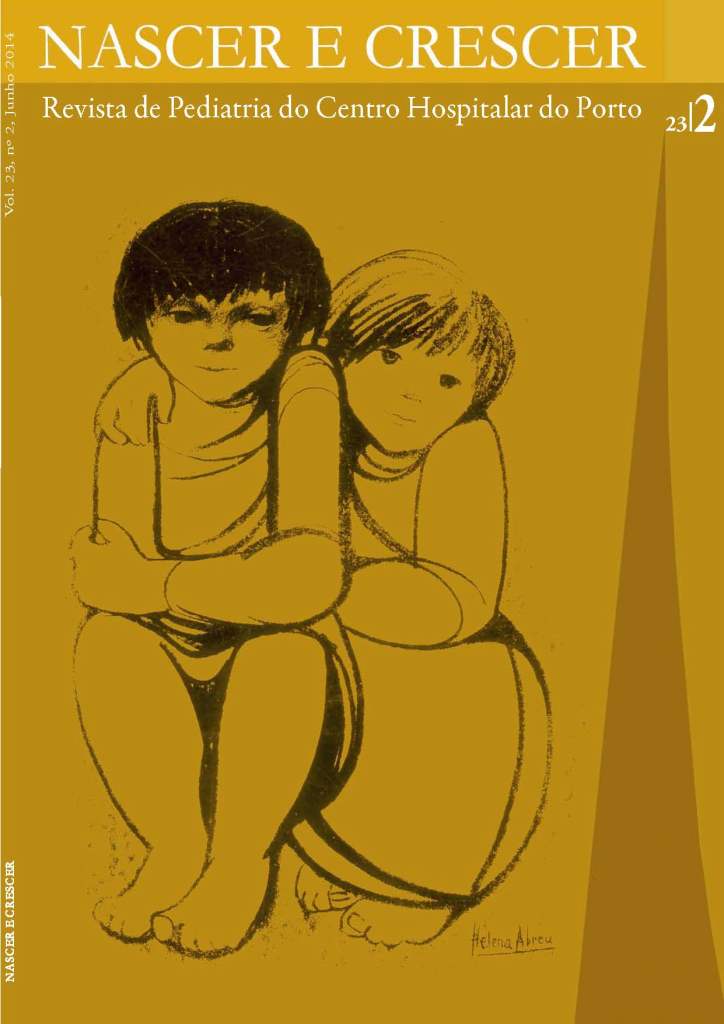The end of life: a question of autonomy
DOI:
https://doi.org/10.25753/BirthGrowthMJ.v23.i2.8608Keywords:
Autonomy, consent, ethics, law, life, right to die, terminalityAbstract
Technological development of biomedical science is not always accompanied by a humanistic and ethical discussion, particularly in decision-making process to respect the autonomy of the citizen, as measures of aging in cases of chronic patients with incurable diseases. The aim of this study was to discuss some aspects related to terminal life, concepts, medical opinions, patient’s rights and the Brazilian legislation regarding this issue. This study establishes the conceptual relationship between the birth and death as a process of evolution of man, describing the concepts of euthanasia, orthothanasia and disthanasia. It analyzes the respect in the end of life of personalities that marked their time, the respect of the decision of terminal patients, the view of doctors and the legislative process in Brazil. Respect the wishes of terminal patients related to the process of orthothanasia not characterizes crime. Establish a discussion about the end of life, bring about enlightenment and obtain the consent is an ethical attitude in defense of human dignity.
Downloads
References
Almeida M. Considerações de ordem ética sobre o início e o fim da vida [tese]. São Paulo: Faculdade de Medicina da Universidade de São Paulo; 1988.
Neves, MCP. A fundamentação antropológica da Bioética. Bioética 1996;4:7-16.
Segre M, Silva LS, Schram F. O contexto histórico, semântico e filosófico do princípio de autonomia. Bioética 1998;6:1.
Nunes R. Ética e o Direito no início da vida humana. Coimbra: Editora LDR; 2001:57-64.
Beauchamp TL, Childress JF. Princípios de ética biomédica. São Paulo: Edições Loyola; 2002:161-5.
Pessini L. Distanásia: até quando prolongar a vida? São Paulo: Editora do Centro Universitário São Camilo: Loyola; 2001:47-53.
Conselho Federal de Medicina-Brasília. Simpósio: Pacientes Terminais. Bioética 1993;1,2. Disponível em: www.portalmedico.org.br. (Acedido em: 31 de março de 2014).
Alves R. O médico. 6ª ed. Campinas: Editora Papirus; 2002:14-6,76-82.
Pitta A. Hospital dor e morte como ofício. 4ª ed. São Paulo: Editora Hucitec;1999:26-32.
Doente Terminal. Cadernos de Bioética do CREMESP 1,1. Disponível em: http://www.bioética.org.br. (Acedido em: 04 de março de 2013).
Distánasia: até quando investir sem agredir. Bioética 1996;4:31-43.
Goldim JR. Eutanásia, 2004. Disponível em: http://www.ufrgs.br/bioetica/eutanásia.htm. (Acedido em: 15 de janeiro de 2014).
A Ortotanásia e o Direito Penal Brasileiro. Bioética 2008;16:61-83.
Ribeiro DC. Autonomy: to live one’s own life and to die one’s own death. Cad Saúde Pública 2006;22:1749-54.
São Paulo. Diário Ofi cial do Estado de São Paulo 109, 51, 18 março 1999. Disponível em: www.cremesp.org.br (Acedido em: 31 de março de 2014).
Manifestação Ofi cial-D. Odílio Pedro Scherer, Bispo Auxiliar de São Paulo Secretário-Geral da CNBB. Disponível em: http://www.pime.org.br/noticias2006/noticiasbrasil372.htm. (Acedido em: 15 de dezembro de 2013).
Legislação, Conselho Federal de Medicina. 2008. Disponível em: htpp://www.cfm.org.br. (Acedido em: 15 de dezembro de 2013).
Conselho Regional de Medicina do Paraná. 2008. Disponível em: http://www.crmpr.org.br/ver_noticias.php?id=1964. (Acedido em: 15 de dezembro de 2013).
Conselho Federal de Medicina. Simpósio: Eutanásia. Bioética 7, 1993.
Nunes R, Melo H. Parecer Nº./05/ APB/06, Sobre Diretivas Antecipadas de Vontade. Associação Portuguesa de Bioética. Disponível em: http://www.apbioetica.org. (Acedido em: 15 de janeiro de 2014).
Conselho Federal de Medicina. Resolução N.º 1805/2006. Disponível em: http://www.portalmedico.org.br/resolucoes/CFM/2006/1805_2006.htm. (Acedido em: 03 de maio de 2014).
Downloads
Published
How to Cite
Issue
Section
License
Copyright and Authors' Rights
All articles published in Nascer e Crescer - Birth and Growth Medical Journal are Open Access and comply with the requirements of funding agencies or academic institutions. For use by third parties, Nascer e Crescer - Birth and Growth Medical Journal adheres to the terms of the Creative Commons License "Attribution - Non-Commercial Use (CC-BY-NC)".
It is the author's responsibility to obtain permission to reproduce figures, tables, etc. from other publications.
Authors must submit a Conflict of Interest statement and an Authorship Form with the submission of the article. An e-mail will be sent to the corresponding author confirming receipt of the manuscript.
Authors are permitted to make their articles available in repositories at their home institutions, provided that they always indicate where the articles were published and adhere to the terms of the Creative Commons license.


